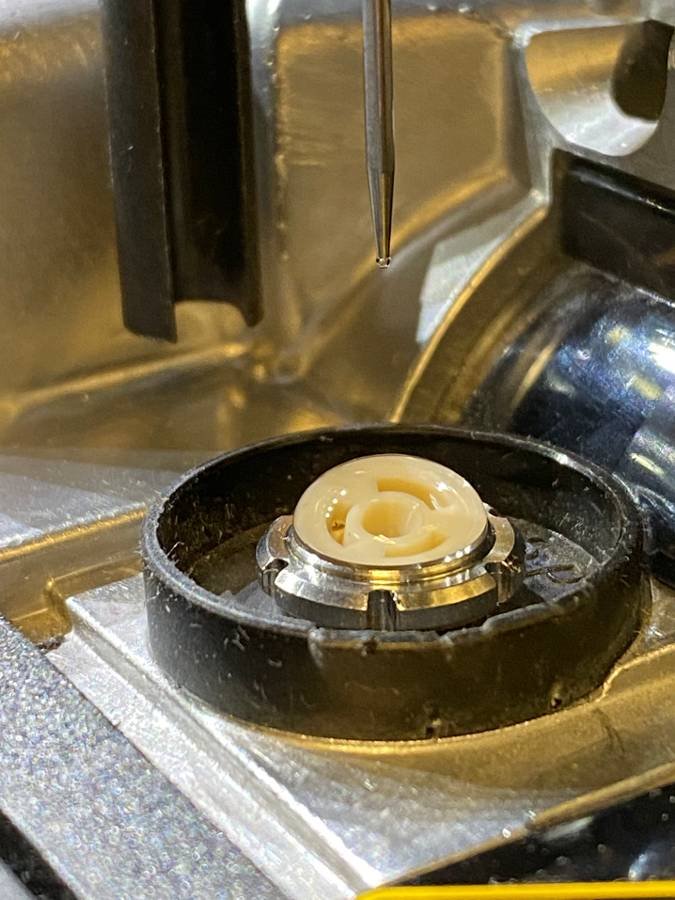Hi, I am currently using a 1260 ALS autosampler (6 port valve) on my HPLC system. However, every time I inject sample, or simply run my method at "mainpass" mode for the injection port, I can see a significant pressure drop and also leaking from the needle seat. I just changed a new needle seat, needle, rotor seal and isolation seal. But it is still leaking.
Has anyone seen similar problem before? And also, is there a pressure limit for the injection port? My back pressure is around 100 bar. Is that possible that the back pressure is too high that the injection port can not hold this pressure?
Thank you!


